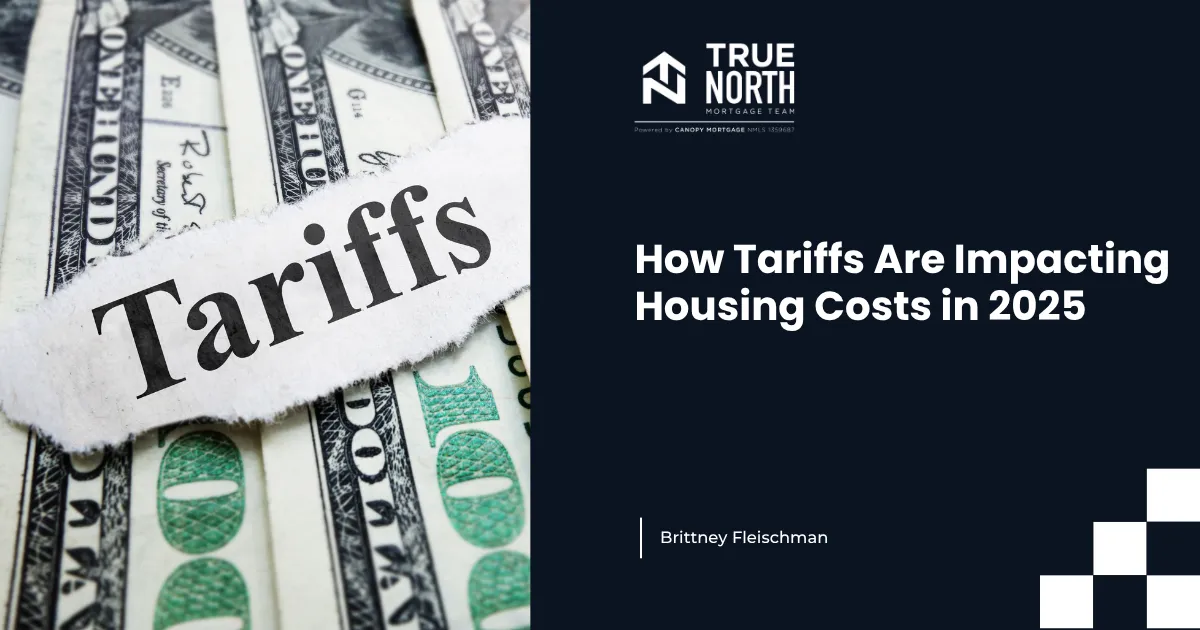
How Tariffs Are Impacting Housing Costs in 2025
If you’ve been following the headlines this year, you’ve probably heard about the renewed tariff talks and international trade tensions. But what you may not realize is that those tariffs are already driving up housing costs — from new construction to home repairs.
Let’s break down what’s happening, how it impacts the market, and what it means for your homebuying or renovation plans in 2025.
What Are Tariffs and Why Do They Matter to Housing?
Tariffs are taxes on imported goods, and they affect more than just the price of electronics or cars. Many of the materials used to build and renovate homes in the U.S. — including lumber, steel, aluminum, cabinetry, tile, and appliances — are imported.
When tariffs increase, so do the prices of those products. And when builders, suppliers, and manufacturers have to pay more, they pass those costs onto consumers.
According to the National Association of Home Builders (NAHB), material costs are one of the top drivers of rising new home prices in 2025.
Which Tariffs Are Having the Biggest Impact in 2025?
Chinese Imports: Ongoing tariffs on Chinese goods include home fixtures, HVAC parts, solar panels, and smart home tech — all adding up in new builds.
Canadian Lumber: The U.S. reimposed tariffs on softwood lumber from Canada, which supplies about 30% of the U.S. lumber market. According to Fortune, this added thousands of dollars to the cost of a typical new home in late 2024, with effects still rolling into 2025.
Steel and Aluminum: With increased tariffs on steel and aluminum imports from countries like Mexico and China, the cost of HVAC systems, roofing, appliances, and even nails has climbed.
How Are Tariffs Affecting Home Prices?
Tariffs don’t directly change mortgage rates or real estate commissions — but they do impact how much it costs to build and maintain a home. That means:
New homes are getting more expensive: Builders are forced to adjust pricing to cover rising material costs.
Fewer affordable homes are available: When it costs more to build, builders focus on higher-end homes to preserve margins.
Renovation budgets are tighter: Homeowners are scaling back or delaying improvements due to sticker shock on materials and appliances.
According to The Joint Center for Housing Studies at Harvard, the cost of major remodeling projects is up more than 15% year over year in some areas.
Who’s Feeling It the Most?
First-time buyers and middle-income households are taking the brunt of it.
The average starter home now costs significantly more to build, and there are fewer entry-level homes being constructed. Combine that with limited inventory and higher mortgage rates, and you’ve got a real affordability squeeze.
Redfin reports that new construction now makes up nearly 35% of all homes for sale, but the majority of those are priced above $400,000 — often out of reach for first-time buyers in many markets.
Is There Any Relief on the Horizon?
Possibly — but it’s uncertain. Trade negotiations are ongoing, and the housing industry has been urging Washington to reconsider or scale back tariffs that are inflating prices. In the meantime, builders are turning to alternative materials, pre-fab construction, and local sourcing to help manage costs.
You can also look into renovation loan programs or repair escrows that allow you to finance upgrades into your mortgage — helping offset some of the rising costs.
Bottom Line: Be Smart, Be Strategic
Tariffs may feel like something far removed from your home search, but they’re directly affecting how much house you can afford and how long it may take to find the right one.
Here’s what you can do:
Work with a loan officer who understands today’s market conditions — and can help you structure a loan that fits your budget.
If you’re buying new construction, ask questions about materials and pricing — and if delays or cost increases are expected.
Keep an eye on tariff updates and housing policy changes — because government action (or inaction) will continue to impact housing prices.
If you’re navigating today’s housing market and want clarity on what you can afford — tariffs, interest rates, and all — let’s talk. There are still smart, affordable paths forward — even in a market full of curveballs.

